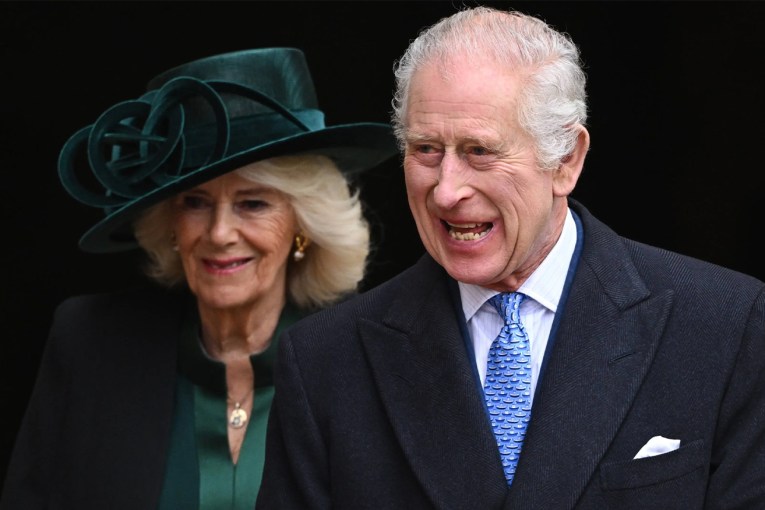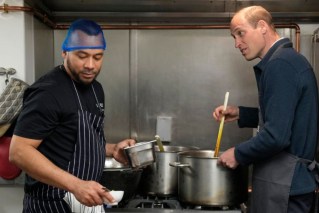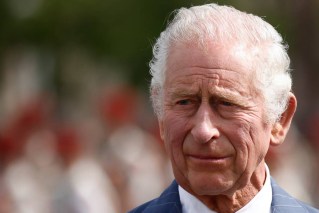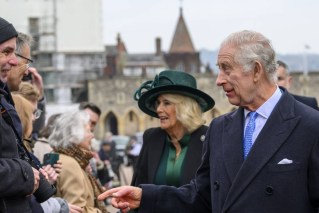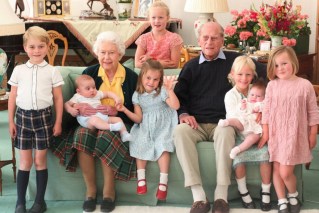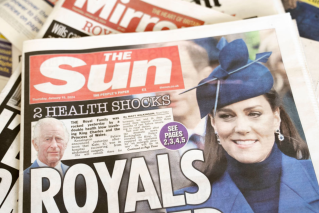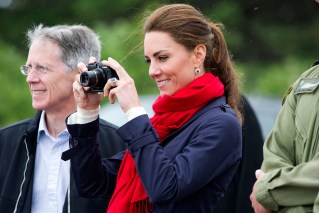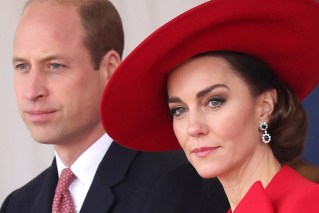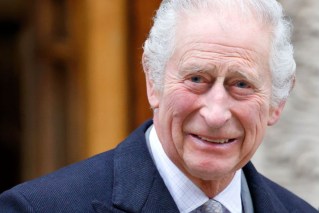Tasmania to the throne: ‘Our’ Mary at centre of a modern royal revolution
Source: Twitter
In 2004, a remarkable union was formed, linking the ancient kingdom of Denmark with faraway Australia. Mary Donaldson, a Tasmanian, married Crown Prince Frederik, heir to one of the world’s oldest monarchies.
This event was far beyond a romantic fairy tale; it was a moment of cultural and historical significance. The question that remained was not if Mary would become queen, but when she would assume this prestigious role.
Mary’s journey to royalty began with an encounter that seemed lifted from a storybook. Meeting Crown Prince Frederik in a Sydney pub during the 2000 Olympics, Mary, the daughter of a mathematics professor, embarked on a relationship that would culminate in her becoming the first Australian in line to be a queen.
This improbable love story resonated deeply with the public, who admired Mary for her down-to-earth demeanour and approachable nature.
As Queen Consort to King Frederik of Denmark, Mary’s role will be different to that of a queen regnant, such as her mother-in-law, Queen Margrethe.
Margrethe II, the first female monarch to be queen in her own right since the Middle Ages in Denmark, is the sovereign head of state under Danish law, independent of her spouse’s rank. Mary will be queen because of her marriage to Frederik and remain queen as long as he is king.
The precedent set by Queen Elizabeth II of Great Britain, who reigned for over 70 years until her death in 2022, reinforced the concept of lifelong service to the monarchy.
It was assumed these values were embraced by Queen Margrethe. However, in a surprising turn, Queen Margrethe announced her abdication in her New Year broadcast, paving the way for Frederik and Mary’s ascension.
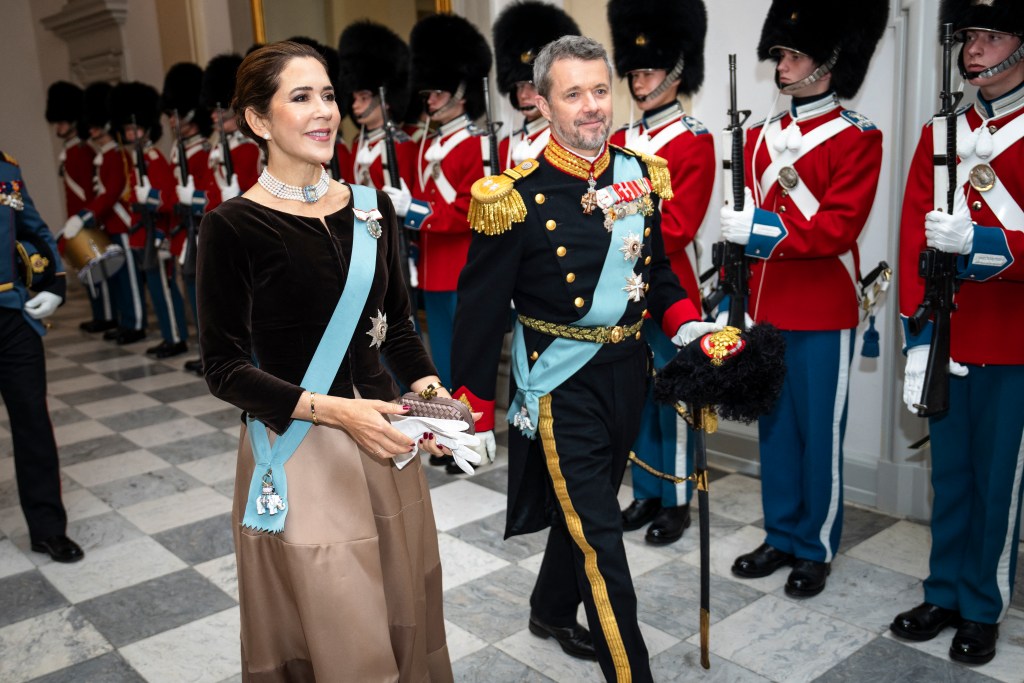
Crown Prince Frederik and wife Crown Princess Mary in one of their last public engagements before assuming the Danish throne. Photo: Getty
On January 14, Crown Prince Frederik will be proclaimed King Frederik X at Christiansborg Palace, and Crown Princess Mary will become Queen Mary.
Unlike the British tradition, as seen in the coronation of King Charles III, there will be no formal coronation ceremony in Denmark. This departure from grand ceremonial practices reflects the evolving nature of modern monarchies.
Denmark’s transition to a constitutional monarchy in 1849 marked the end of elaborate coronation ceremonies. Since then, the accession of new sovereigns has been a less formal affair, with the prime minister proclaiming the new monarch.
Next weekend’s proclamation of Frederik as king marks a unique moment in recent history, with a Danish sovereign ascending to the throne through abdication rather than a predecessor’s death. This contrasts with the British monarchy’s experience, where Edward VIII’s abdication in 1936 was seen as a constitutional crisis.
Mary and Frederik’s marriage not only united two individuals but also bridged two cultures. Frederik’s heritage, stretching back over a thousand years to Harald Bluetooth, and Mary’s Australian roots have created a unique blend of traditions and values within the Danish royal family.
Mary, often referred to as an unofficial ambassador for Australia, has played a significant role in fostering deeper understanding and appreciation between Denmark and Australia.
The couple’s four children – Prince Christian, Princess Isabella, Prince Vincent, and Princess Josephine – symbolise this cultural fusion. They ensure that Mary’s homeland will continue to be respected and remembered in Denmark for years to come. Mary’s influence in the Danish monarchy underscores a significant cultural bridge between Australia and Denmark, heralding a new era in their bilateral relations.
Looking ahead, considering the precedent of abdication set by Queen Margrethe and the trend in other European monarchies where sovereigns have stepped down in favour of younger heirs, it’s possible that Frederik might consider a similar path when the time is right.
This approach, focusing on the wellbeing and modernisation of the monarchy, could ensure a smooth transition and the continued relevance of the royal institution in the contemporary world.
Mary’s potential role as queen consort is yet to unfold. Her experiences as a commoner and as a member of the royal family, her connection to Australia, and her demonstrated ability to adapt and thrive in diverse environments position her as a unique and influential figure. Her guidance and support could be invaluable in navigating the challenges and opportunities accompanying such a transition.
Mary’s journey from Tasmania to the Danish throne is more than just a personal achievement. It symbolises the evolving nature of monarchies in the modern era, where cultural diversity and adaptability are increasingly important.
Mary’s story is a testament to the power of bridging worlds, and her potential future role in the Danish monarchy promises to be as influential and inspiring as her journey to becoming queen.
As the world watches the Danish royal family navigate the challenges of the 21st century, Mary’s Australian heritage and unique perspective will undoubtedly play a crucial role in shaping the monarchy’s future path.
Associate Professor Darius von Guttner is a historian at the Australian Catholic University. He has written regularly on European history and the aspects of world history that have drawn people together.
